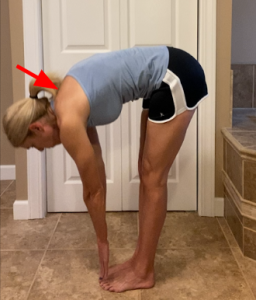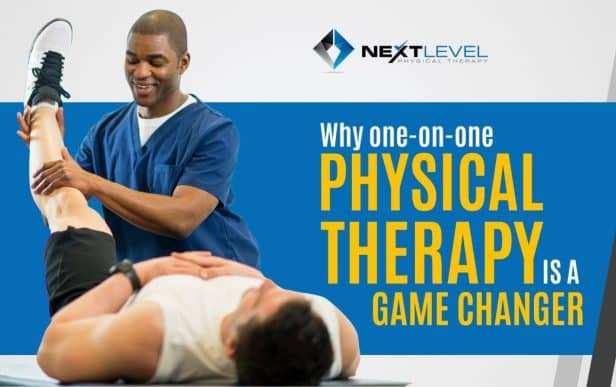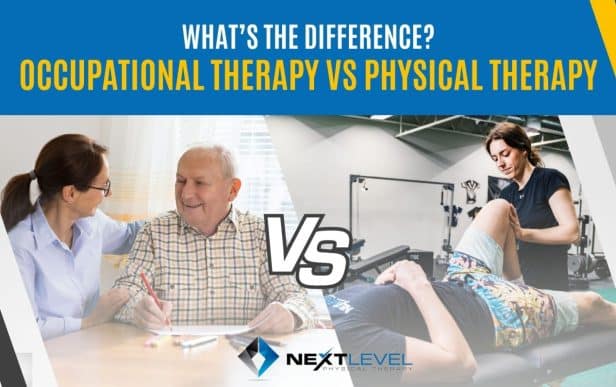Dr. Artem Imnadze, DPT
Are you Treating the Problem or The Result?
Shoulder “problems” are incredibly common amongst the athlete and active adult population that we see. As therapists, we see traditional diagnoses such as shoulder impingement, tendonitis, and rotator cuff injuries daily. Traditionally, these common issues are blamed on weak rotator cuff muscles, scapular winging, imbalance of muscle activity, etc. One major thing to understand about these diagnoses is that they are not the actual problem…they are a result. A result of deeper-rooted movement habits and mechanics that usually go unaddressed in the traditional rehab process. Typical solutions for these “results” are equally short- sighted. Frequently these solutions, which include stretching, rotator cuff strengthening, and general strength training, miss the mark as far as resolving pain. Why? Because they are addressing symptoms and not the thing that has caused the faulty mechanics, the need to over- use certain musculature or orient musculature in a disadvantageous position. To truly understand what the biggest missing piece is in resolving these common shoulder issues we first need to understand how the shoulder behaves.
A Quick Anatomy Lesson of the Shoulder Complex
The shoulder complex is made up of 4 major components: The glenohumeral joint (ball and socket), the scapula (shoulder blade), the sternum and clavicle, and the rib cage. Shoulder movement in any direction requires rotation of the humeral head (ball) within the glenoid (socket).
Because the shoulder has so much freedom of movement, stability of the joint needs to be ensured. That is why every shoulder movement is accompanied by scapular movement. Since the actual socket of the shoulder joint is on the scapula, its movement is vital in maintaining the humeral head centered within the glenoid during shoulder movement. When the humeral head doesn’t stay centered within the socket is when things like shoulder impingement occur, proximal biceps tendonitis rotator cuff injuries occur
For a shoulder joint to move well, you need a scapula that can move in congruence with the humerus. What allows the scapula to move? The scapula has a slight curvature to its shape. The scapula sits on a rib cage that has a roundness to it due to normal thoracic kyphosis or curvature of the upper back. The roundness of the upper rib cage and the curvature of the scapula allow the two to maintain congruency with each and allows the scapula to rotate about its normal motion in support of the humeral head. The position of the rib cage and its ability to expand appropriately to support the scapula is essential for normal scapular movement that allows for normal shoulder movement without compensation.
Rib Cage Position and Expansion
The rib cage, under normal circumstances should be able to expand circumferentially (360 degrees) during normal breathing. During every inhale, the lower ribs should move outward in what’s called bucket handle movement while the upper ribs and sternum move up and out in a pump handle movement. The backside of the rib cage should reflect a similar movement, especially in the upper rib cage. It is when the rib cage lacks these normal, requite movements that things like scapular position and as a direct result, shoulder mobility, are negatively affected.
For example, when the back side of the upper rib cage becomes too restricted in its movement or flattened due to chronic muscular tension in the upper back you will see a limitation in scapular movement. A curved scapula on a flat surface does not achieve the same movement and rotational capabilities as one that is on rounded, congruent surface. Remember, without scapular movement the shoulder joint either cannot access normal movement or will have to move through compensatory mechanics to get there. Chronically moving in to ranges that you don’t have access to or compensating for movement limitations is exactly what leads to frequent pressure and tension in the same area i.e., shoulder impingement, biceps tendonitis, wear and tear of rotator cuff tendons, etc.
How does one lose normal rib cage mechanics? This is easiest to see in an activity like resistance training. Most movements in the gym emphasize “shoulder blades back and down” for “stability.” No matter whether you’re pushing or pulling, back squatting or deadlifting, the rib cage and scapular position are relatively the same. A similar effect occurs from the ill-fitted advice to pull your shoulder blades back and down for “good posture.” Chronically spending time in a scapular retracted position will both prevent normal scapular movement and flatten the upper rib cage resulting in the need to compensate to achieve the desired shoulder movements.
The Solution
To truly resolve shoulder pain, you must start at the source. Yes, there are many other factors involved in shoulder pain; rotator cuff strength, dynamic stability, local tissue inflammation, etc. Regardless of these issues you must understand and resolve what lead to these issues in the first place, otherwise you are just treating a symptom. If your goal is to improve the mechanics and motion at the shoulder joint, you need to ensure proper scapular movement. To have normal scapular movement requires a rib cage that is positioned properly and can expand in all directions to provide a foundation and support for the scapula. Once you have established a proper foundation, all factors mentioned before can be addressed with much greater success.
Below are 2 examples of drills to implement into your program to improve ribcage expansion:




